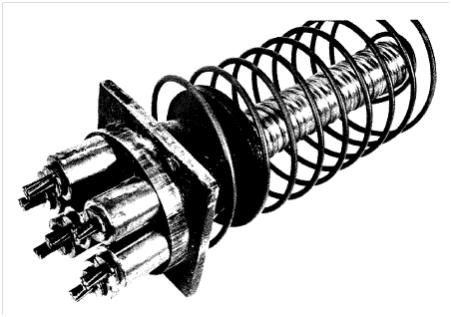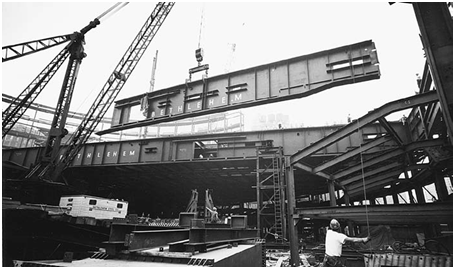Prefabricated Log Homes
You want to get you a compatible and affordable house to reside which you can recreate as you expected your dream house to be or are willing to escape from the fast world, moving with never ending pace and losing the precious time o your life; minute by minute. So, if you demand a prefabricated … Read more


